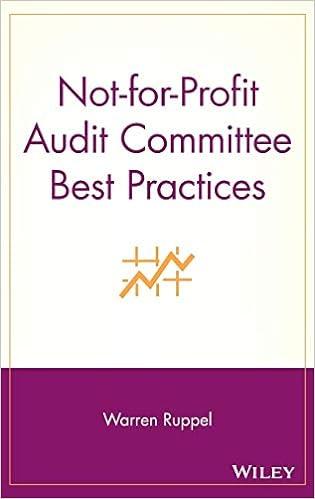Question
Christophers Custom Cabinet Company uses a job order cost system with overhead applied as a percentage of direct labor costs. Inventory balances at the beginning
Christophers Custom Cabinet Company uses a job order cost system with overhead applied as a percentage of direct labor costs. Inventory balances at the beginning of 2016 follow:
| Raw Materials Inventory | $ | 15,600 |
| Work in Process Inventory | 5,300 | |
| Finished Goods Inventory | 20,100 | |
|
| ||
The following transactions occurred during January: (a) Purchased materials on account for $27,800. (b) Issued materials to production totaling $20,900, 90 percent of which was traced to specific jobs and the remainder of which were treated as indirect materials. (c) Payroll costs totaling $18,800 were recorded as follows: $10,800 for assembly workers 3,000 for factory supervision 3,000 for administrative personnel 2,000 for sales commissions (d) Recorded depreciation: $4,200 for machines, $800 for the copier used in the administrative office. (e) Recorded $1,100 of expired insurance. Forty percent was insurance on the manufacturing facility, with the remainder classified as an administrative expense. (f) Paid $5,400 in other factory costs in cash. (g) Applied manufacturing overhead at a rate of 200 percent of direct labor cost. (h) Completed all jobs but one; the job cost sheet for this job shows $2,400 for direct materials, $2,100 for direct labor, and $4,200 for applied overhead. (i) Sold jobs costing $51,500. The revenue earned on these jobs was $66,950. Required: 1. Set up T-accounts, record the beginning balances, post the January transactions, and compute the final balance for the following accounts: (Post all amounts separately. Do not combine/add any dollar amounts when posting to the t-accounts.)
- Raw Materials Inventory.
- Work in Process Inventory.
- Finished Goods Inventory.
- Cost of Goods Sold.
- Selling, General, and Administrative Expenses.
- Sales Revenue.
- Other accounts (Cash, Payables, etc.).



Step by Step Solution
There are 3 Steps involved in it
Step: 1

Get Instant Access to Expert-Tailored Solutions
See step-by-step solutions with expert insights and AI powered tools for academic success
Step: 2

Step: 3

Ace Your Homework with AI
Get the answers you need in no time with our AI-driven, step-by-step assistance
Get Started


